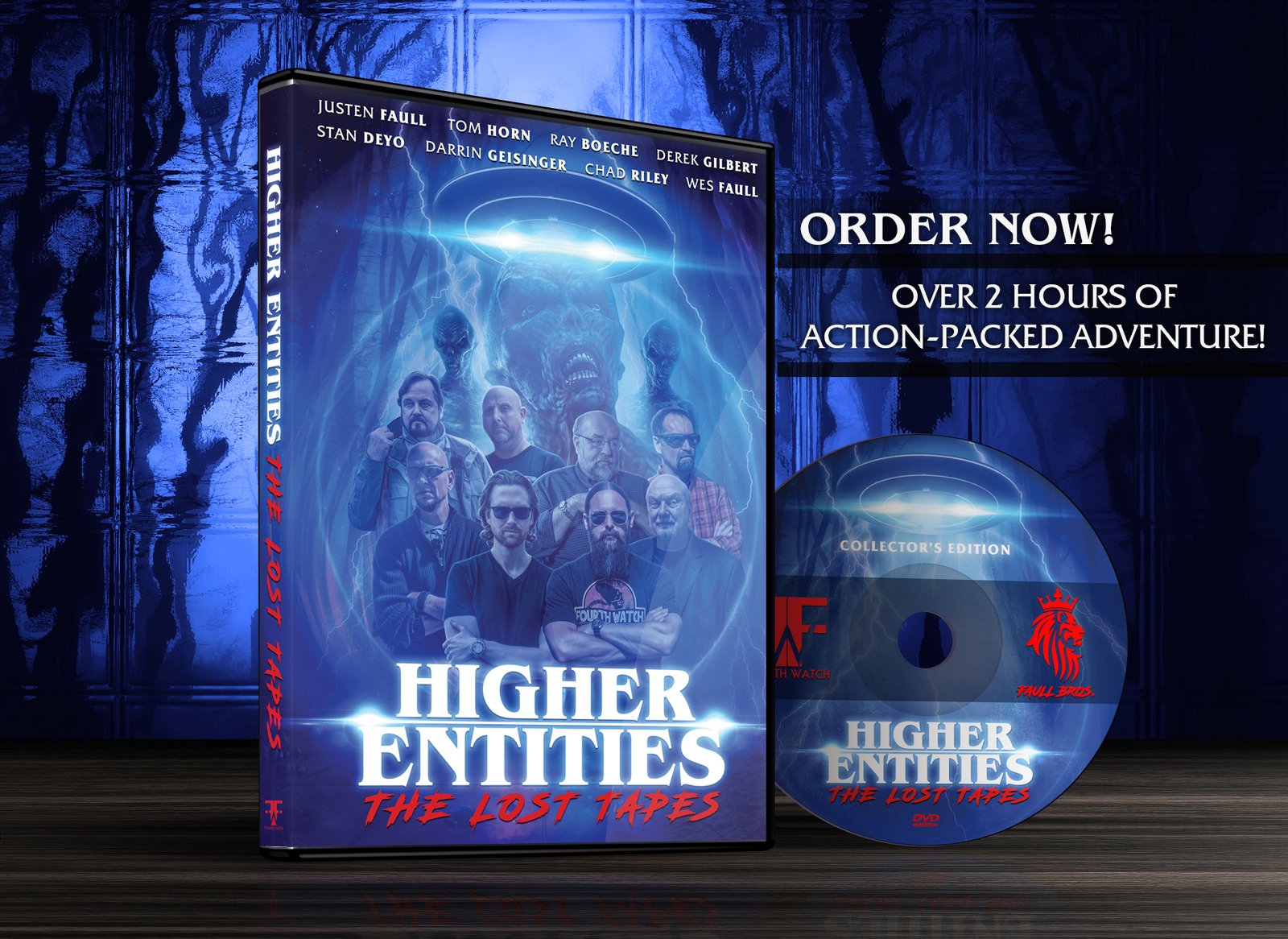
It ends up being a smart move here, since the albums themselves give us something of a timeline of the band, a way to look back and see Can’s evolution, their peaks and valleys.

Perhaps this speaks to the ever-shifting sound of the band, its ability to experiment at any one time. It offers an interesting alternate history to the band, one the albums never quite told.Ĭuriously enough, The Lost Tapes may cover material from 1968 up to 1975, but the songs here aren’t delivered in chronological order. It includes unreleased tracks, unreleased music from soundtracks, and some live tracks. The Lost Tapes is a huge swath of recordings culled from over 50 hours of tape salvaged from the band’s old studio in Weilerswist. Now Can fans, and really anyone who has still only heard about Can’s influence without ever actually hearing the band, are being treated to over three hours of new material.

Theirs was as funky as any music that ever came out of Europe, and they’ve got a slew of classic records - especially their run from 1971’s Tago Mago to 1973’s Future Days - to prove it. They thumped with life and brought energy to their sound. With all their training, Can came at music with a serious intellectual bent, but it wasn’t all in the head. So, yeah, they came from all corners and, along with fellow German acts like Neu! and Faust, created a whole new set of sounds. Keyboardist Irmin Schmidt and bassist Holger Czukay were trained in avant-garde classical music, drummer Jaki Liebezeit came from free-jazz, Michael Karoli was a rock guitarist and former student of Czukay’s, original vocalist Malcolm Mooney was a sculptor from America, and second vocalist Damo Suzuki was found busking on the street.

Considering the wildly different backgrounds of the players in Can, it’s amazing they could all exist in the same band, let alone establish their groundbreaking, cohesive sound.


 0 kommentar(er)
0 kommentar(er)
